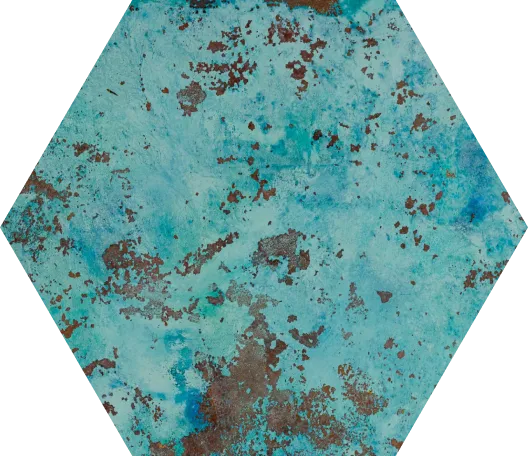Predicting Cumulative Galvanic Corrosion Damage in Aircraft Structures



Material degradation mechanisms such as galvanic, pitting, crevice, and intergranular corrosion limit the operational lifetime of aircraft and result in unsustainable long term maintenance costs. Recent studies of naval aircraft suggest that galvanic corrosion is the primary corrosion mechanism, in nearly 80% of the cases, when corrosion damage is observed on the aircraft. Corrosion maintenance is often very lab or intensive so more effective scheduling can reduce costs; there is an economical need to move from a “Find and Fix” approach toa more efficient and cost-effective “Predict and Prevent” approach.
A new approach to predicting corrosion damage using computer simulation models is presented where not only the corrosion rate can be predicted for complex multi material structures but also the cumulative corrosion damage to structure experiences during its service life. A demonstration of this new methodology (corrosion Service Life Model) is presented using actual environmental exposure data collected onboard a naval vessel. The effects of crevice and pitting corrosion can also be included in this predictive model. The approach is applicable not only to aircraft but to a wide range of structures subject to atmospheric corrosion.
Fill out the form to access the full report.

